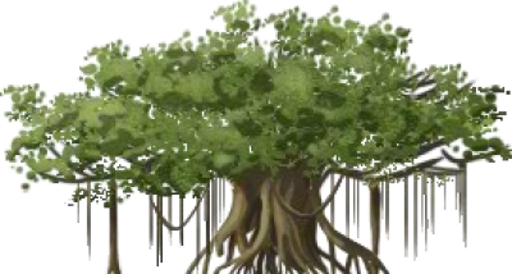An Introduction and Interpreation
What are the Puranas?
The Sanskrit word पुराण literally means “ancient, old”. पुराणं आख्यानं old legend. यस्मात्पुरा ह्यनतीदं पुराणं तॆन तत्स्मृतम्। It is called Purana because it lives in the past or it breathes ancient times [Vayu Puran 1.203]. यस्मात्पुरा ह्यभूच्चैतत्पुराणं तॆन तत्स्मृतम्। It is so called since it existed in olden times [Brahmanda Puran, 1.1.173]
According to Matsya Puran (Chapter 53), पुराण पुरुष, विश्वात्मा Narayana himself, in the form of a fish to Vaivasvata Manu at the beginning of Vaivasvata Manvantara – the current Manvantara, instructed about the Puranas.
मत्स्य उवाच।
पुराणं सर्वशास्त्राणां प्रथमं ब्रह्मणा स्मृतम्।
अनंतरं च वक्त्रॆभ्यॊ वॆदास्तस्य विनिर्गताः॥ (53.3)
पुराणमॆकमॆवासीत्तदा कल्पांतरॆऽनघ।
त्रिवर्गसाधनं पुण्यं शतकॊटिप्रविस्तरम्॥ (53.4)
Matsya said: Before all the Shastras, Brahma first remembered the Purana. [only] Afterwards did the Vedas come forth from his mouths. At the beginning of the Kalpa, there was only one Purana, expanded to one hundred crore verses.
निर्दग्धॆषु च लॊकॆषु वाजिरूपॆण वै मया।
अंगानि चतुरॊ वॆदान् पुराणं न्यायविस्तरम्॥ (53.5)
मीमांसां धर्मशास्त्रं च परिगृह्य मया कृतम्।
मत्स्यरूपॆण च पुनः कल्पादावुदकार्णवॆ॥ (53.6)
अशॆषमॆतत्कथितमुदकांतर्गतॆन च।
श्रुत्वा जगाद च मुनीन् प्रति दॆवांश्चतुर्मुखः॥ (53.7)
At the end of the previous Kalpa when the worlds were burning, I, in the form of a horse, sheltered the four Vedas along with its branches, Purana, Nyaya, Mimamsas, Dharmashastra. At the beginning of this Kalpa, I, in the form of a fish, residing in the water which was the only one, recited all of this again. Hearing these, Brahma woke up and instructed the same to Munis and Devas.
प्रवृत्तिः सर्वशास्त्राणां पुराणस्याभवत्ततः।
कालॆनाग्रहणं दृष्ट्वा पुराणस्य ततॊ नृप॥ (53.8)
व्यासरूपमहं कृत्वा संहरामि युगॆ युगॆ।
चतुर्लक्षप्रमाणॆन द्वापरॆ द्वापरॆ सदा॥ (53.9)
तथाष्टदशधा कृत्वा भूर्लॊकॆस्मिन् प्रकाश्यतॆ।
अद्यापि दॆवलॊकॆस्मिन् शतकॊटिप्रविस्तरम्॥ (53.10)
From this Purana developed all other Shastras. With the passage of time, seeing that the humans are not able to grasp the Purana, I, taking the form of Vyasa in every Mahayuga and in every Dvapara Yuga, reduce this to four lakh verses. On the earth, these will be known as 18. However, in Devaloka, Purana is still one with an expanse of hundred crore verses.
Puranas, thus, seem to be abridged records of the Universe for the humans.

How old are the Puranas?
Time and Dharma
An understanding of how the Puranas view Time is important to answer the question: How old are the Puranas? In this section, we will try to study what is a Manvantara? What is a Kalpa? What are Yugas? How time is described in the Puranas? How are Time and Dharma related?
In the Puranas, both Time and Dharma are considered cyclical in nature, as against they being linear. Both are considered to depend on the movement of heavenly bodies with an assumption that there is a general conjunction of heavenly bodies at 0° longitude after th4e completion of each cycle. according to the Puranas, 1 cycle of Dharma lasts 4.32 million human years, which equals the roll of 4 Yugas (also called Chaturyuga or Mahayuga) from Krita to Kali.
According to the traditional Puranic model of time, cosmic time consists of four major Cycles:
- Yugas: There are 4 Yugas with decreasing lengths: Satya Yuga (the most Dharmic Yuga), Treta, Dvapara and Kali Yuga
- Manvantaras
- Kalpas
- Full life of Brahma
How many Puranas are there?
One? Eighteen? Thirty-six?
What do the Puranas contain?
What do they tell us?

Who created the Puranas?
Vyasa or Vyasas?
Conversation within conversations?
Who told what to whom?